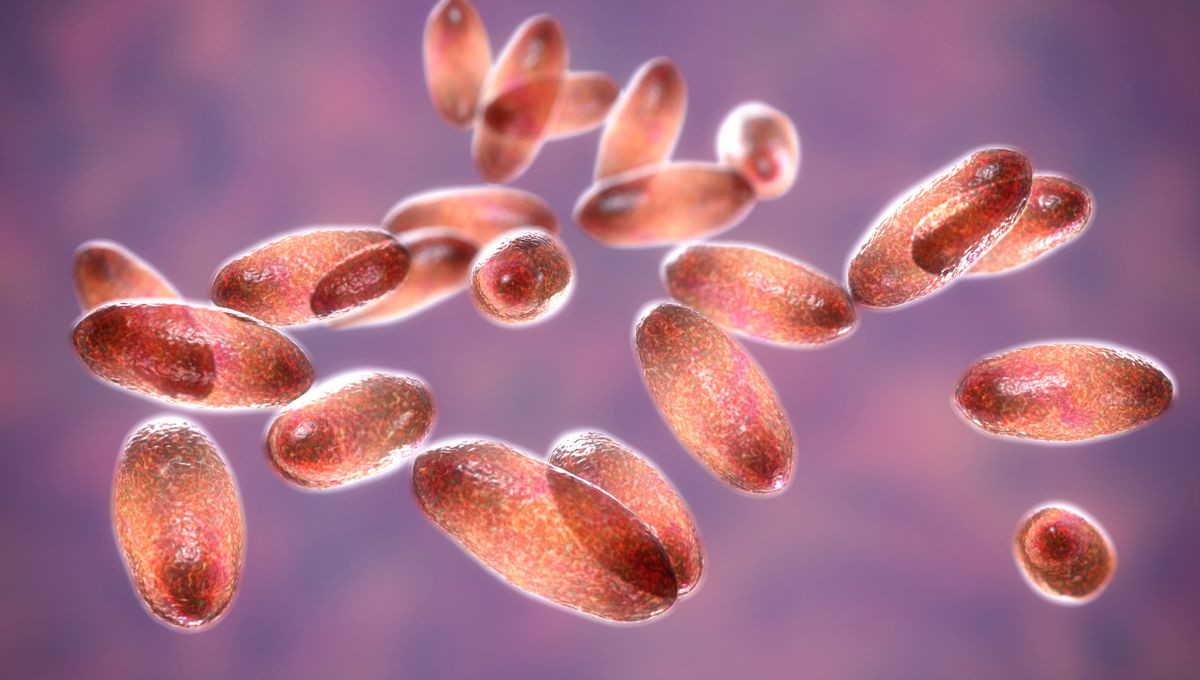
Last week, Oregon health officials announced that a resident had been diagnosed with bubonic plague, the state’s first human case since 2015. They believe the person was probably infected by their pet cat, who also developed symptoms.
Plague, caused by the bacterium Yersinia pestis, is rare in the US, with an average of seven human cases reported each year in recent decades, according to the Centers for Disease Control and Prevention (CDC). In Oregon, there have been just 19 cases since 1970, with the last reported over eight years ago.
The new case cropped up in Deschutes County, and, per a statement from local health services, was identified and treated early, “posing little risk to the community”. No additional cases have emerged during their investigation, they add.
If left untreated, the infection can develop into more severe and difficult-to-treat forms: a bloodstream infection (septicemic plague) or lung infection (pneumonic plague).
Fortunately, the patient “responded very well to antibiotic treatment,” Dr Richard Fawcett, Deschutes County Health Officer, told NBC News, and health officials have taken steps to prevent the spread of disease. “All close contacts of the resident and their pet have been contacted and provided medication to prevent illness,” Fawcett added in the release.
Speaking to NBC News, he said he would be “very surprised if we see any other cases”.
It is thought the patient contracted the infection from a domestic cat, who, Fawcett said, was “very sick”. Household pets can catch plague if they hunt infected rodents or are bitten by infected fleas, and can then pass it on to humans.
According to the CDC, cats are highly susceptible to plague and are a common source of it in humans. They can transmit Y. pestis via bites, scratches, and bodily fluids, or indirectly through infected fleas.
Symptoms of plague usually begin two to eight days after exposure to an infected animal or flea, and may include sudden onset of fever, nausea, weakness, chills, muscle aches, and/or visibly swollen lymph nodes called buboes.
Although the risk of plague spreading is low in this case, Deschutes County Health Services offered some tips to help prevent it. These include: avoiding all contact with rodents and their fleas; keeping pets on a leash when outdoors and protecting them with flea control products; keeping rodents out of homes; and wearing long, tucked-in pants and insect repellant to reduce exposure to fleas.
The content of this article is not intended to be a substitute for professional medical advice, diagnosis, or treatment. Always seek the advice of qualified health providers with questions you may have regarding medical conditions.
Source Link: Plague Hits Oregon As State Sees First Human Case In 8 Years